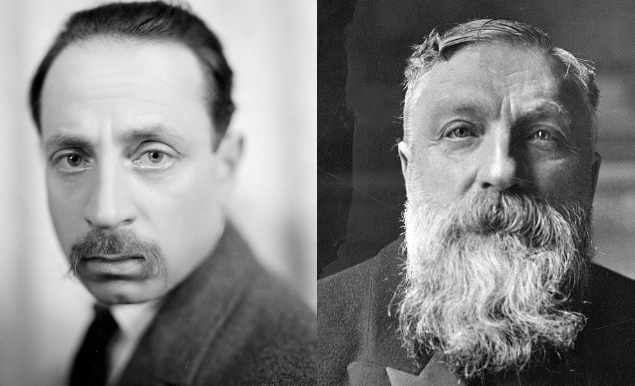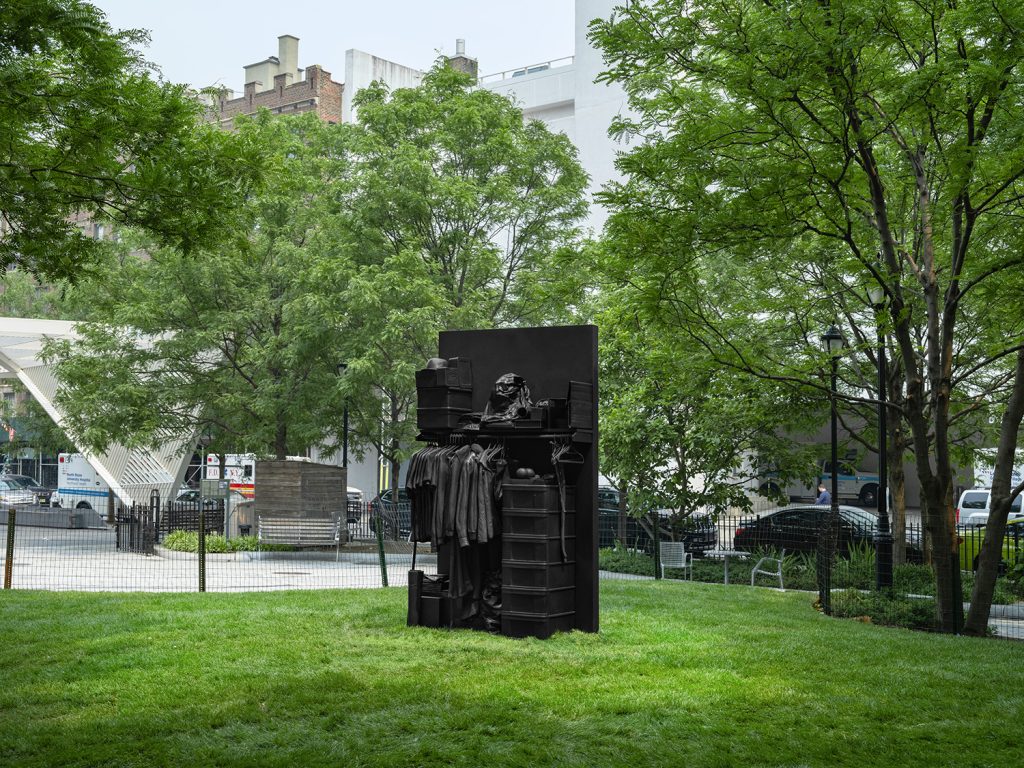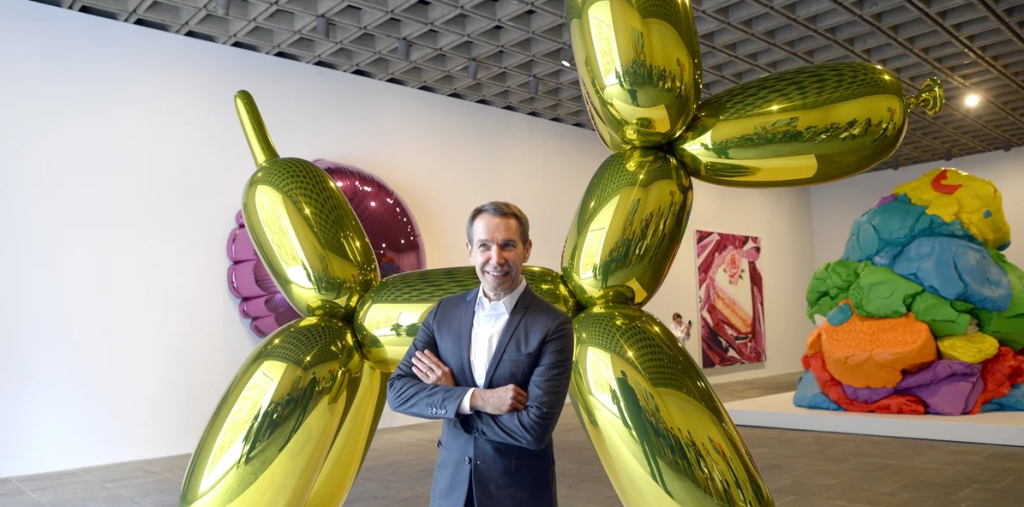Between Flesh and Spirit: Rainer Maria Rilke’s Poetic Journey with Rodin
Rainer Maria Rilke, a prominent poet of the early 20th century, found profound inspiration in the works of the sculptor Auguste Rodin. Their collaboration not only highlighted the intersection of visual art and poetry but also provided Rilke with a unique lens through which to explore themes of existence, creativity, and the human condition. Understanding this relationship enriches our appreciation of both artists and their contributions to modern art and literature.
Inspiration from Sculptural Forms
Rilke’s fascination with Rodin’s sculptures was deeply rooted in their physicality and the emotions they evoked. The way Rodin manipulated materials to capture the essence of human experience resonated with Rilke’s poetic sensibilities. Sculptures like “The Thinker” and “The Kiss” became springboards for Rilke’s exploration of human emotion and spirit, serving as catalysts for poetic reflection. As Rilke observed Rodin at work, he became attuned to the intensity of the sculptor’s creative process, leading him to write insightful and evocative letters that would later be compiled into the influential “Letters on Cezanne.”
The Nature of Artistic Creation
Rilke viewed art as a deeply spiritual process, a perspective that he shared with Rodin. He admired how Rodin approached his craft, believing that true artistry involved an intimate connection between the artist and their medium. This alignment allowed Rilke to articulate his thoughts on inspiration and creativity in heartfelt ways. In his poems and letters, Rilke emphasized the importance of embracing one’s inner turmoil and joys in the pursuit of beauty, reflecting that artistic creation is a journey through both flesh and spirit. This understanding forged a symbiotic relationship between the two artists, where each influenced the other’s creative output in transformative ways.
The Legacy of Their Collaboration
The collaboration of Rilke and Rodin resulted in a lasting legacy that transcends their individual works. Rilke’s poetry became imbued with the essence of Rodin’s sculptures, prompting readers to perceive art in a multidimensional manner. Conversely, Rodin found renewed vigor in his artistic vision, influenced by Rilke’s prose and poetry. Their exchanges extended beyond mere admiration; they delved into philosophical discussions about art as a reflection of human existence. This dialogue not only shaped their personal creations but also left an enduring impact on modern art and literature, inviting future generations to explore the intricate relationship between poetry and visual expression.
In conclusion, the artistic journey shared by Rainer Maria Rilke and Auguste Rodin serves as a compelling reminder of the interconnectedness of different forms of creativity. By exploring the dialogue between their works, we gain deeper insights into the profound impact of artistic collaboration. Whether you are an admirer of poetry, sculpture, or both, I encourage you to delve further into their fascinating relationship and discover the rich layers of meaning that emerge when art transcends its boundaries.


